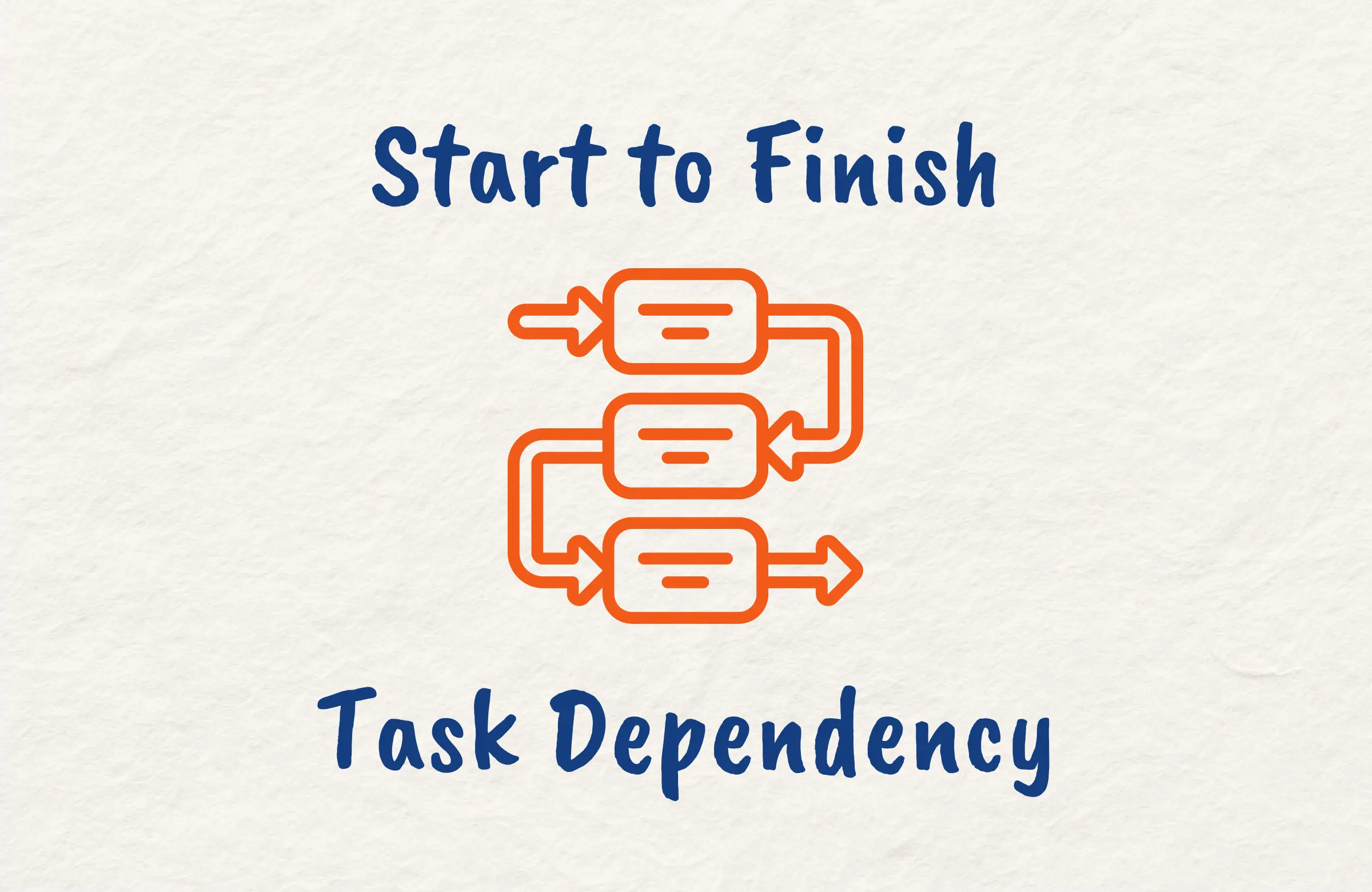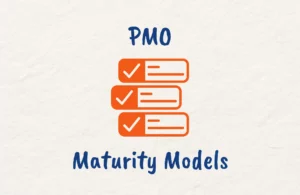When creating a project schedule, it’s important that you understand the different dependencies and relationships that exist between the project tasks and activities.
One of these relationships is the start-to-finish relationship. While not as common as finish-to-start relationships, this relationship is still important for scheduling, and understanding it is key for preventing delays and managing projects successfully.
In this article, we’ll explain what a start to finish relationship means in project management, and how it differs from start-to-finish relationships. With this knowledge, you can develop comprehensive project plans and schedules.
What is Start to Finish Relationship (Dependency) in Project Management?
A start-to-finish (SF) dependency is a type of logical relationship between two project activities. It means the predecessor activity cannot finish until the successor activity has started. The finish of the successor depends on the start of the predecessor.
In simpler terms, you can only complete Activity A once Activity B has begun. Activity A is the predecessor and Activity B is the successor in this relationship.
A start-to-finish dependency is denoted in a project network diagram by an arrow going from the end of the predecessor to the start of the successor. The arrow signifies that the predecessor relies on the successor starting in order to be completed.
Example of Start to Finish Relationship in Project Management
Let’s walk through some real-world examples to better understand start-to-finish (SF) dependencies.
Imagine you are managing a construction project to build a new office tower. One activity is installing the tower crane on the site so it can be used to hoist building materials. The other activity is surveying and marking the foundation footprint where concrete will be poured.
The crane installation can only be finished once the survey and foundation marking has commenced. The team needs to start locating the foundation so the crane can be properly positioned before its installation is complete. This is an SF dependency – the predecessor (crane install) relies on the successor (survey/marking) starting to be finished.
Another example could be transitioning to a new HR payroll system. The old system needs to remain operable until the new system goes live and employees can use it. You have to start the new system before fully deactivating the old one.
In both these examples, the predecessor activity depends on the start of the successor to be able to complete. Identifying these SF relationships is crucial for creating a logical project schedule and smooth activity handoffs between teams.

Representation of Start to Finish Relationship
A start-to-finish (SF) dependency is represented in a project network diagram using an arrow from the end of the predecessor activity to the start of the successor activity.
For example, if Activity A is the predecessor and Activity B is the successor, the arrow would go from the right side of Activity A to the left side of Activity B.
This is different from a finish-to-start relationship where the arrow goes from left to right; the finish of the predecessor to the start of the successor.
The right to left SF arrow visually conveys that Activity A relies on Activity B starting first in order to finish. This representation is important for properly communicating the logical connections between activities in the project plan.
Creating Start-to-Finish Task Dependencies in MS Project
MS Project makes it easy to create start-to-finish (SF) dependencies between tasks. Here’s how to set it up:
1. Enter Tasks
First, enter all the project tasks into MS Project without linking them together. Get the task list created with names, durations, resources, etc.
2. Select Predecessor
Then double-click on the task you want to be the predecessor. This is the activity that relies on the start of the successor to be completed.
3. Go to Predecessors Tab
In the task details, go to the Predecessors tab. This is where dependencies are created.
4. Enter Successor and Dependency Type
On the Predecessors tab, enter the task number for the successor and select “Start-to-Finish” as the dependency type. For example, make Task 1 the predecessor that depends on Task 2 starting first before it can be completed.
5. Review Dependency Arrow
The SF dependency will show as an arrow from the end of Task 1 pointing to the start of Task 2 on the Gantt chart. The backwards right-to-left arrow indicates the reliance of the predecessor on the successor’s start.
Difference Between Start to Finish and Finish to Start Relationship
The main difference between start-to-finish (SF) and finish-to-start (FS) dependencies is the direction of flow.
In an FS relationship, the predecessor activity must finish before the successor can start. The flow is from left to right where first the predecessor completes, and then the successor begins.
With SF, the flow is reversed as the successor must start before the predecessor can finish. The direction is right to left, with the successor starting enabling the predecessor to complete.
Another key difference is prevalence: FS is far more common in project scheduling than SF. Most activities depend on the completion of the preceding work.
However, for specific handoff scenarios like construction sequencing or system transitions, SF dependencies are useful for capturing the need for successor kickoff before predecessor wrap-up.
Understanding how to use both start-to-finish and finish-to-start logic is important for accurately modeling task connections.
Conclusion
While less common than finish-to-start, start-to-finish dependencies are important for project managers to understand. Properly mapping out predecessor and successor connections allows you to create realistic schedules.
Using this logic shows which activities rely on the start of subsequent work to be completed. By identifying SF relationships and representing them correctly in your project plan, you can sequence tasks logically and prevent delays.
Having a solid grasp of dependencies like start-to-finish is key to smooth project execution and on-time delivery.





